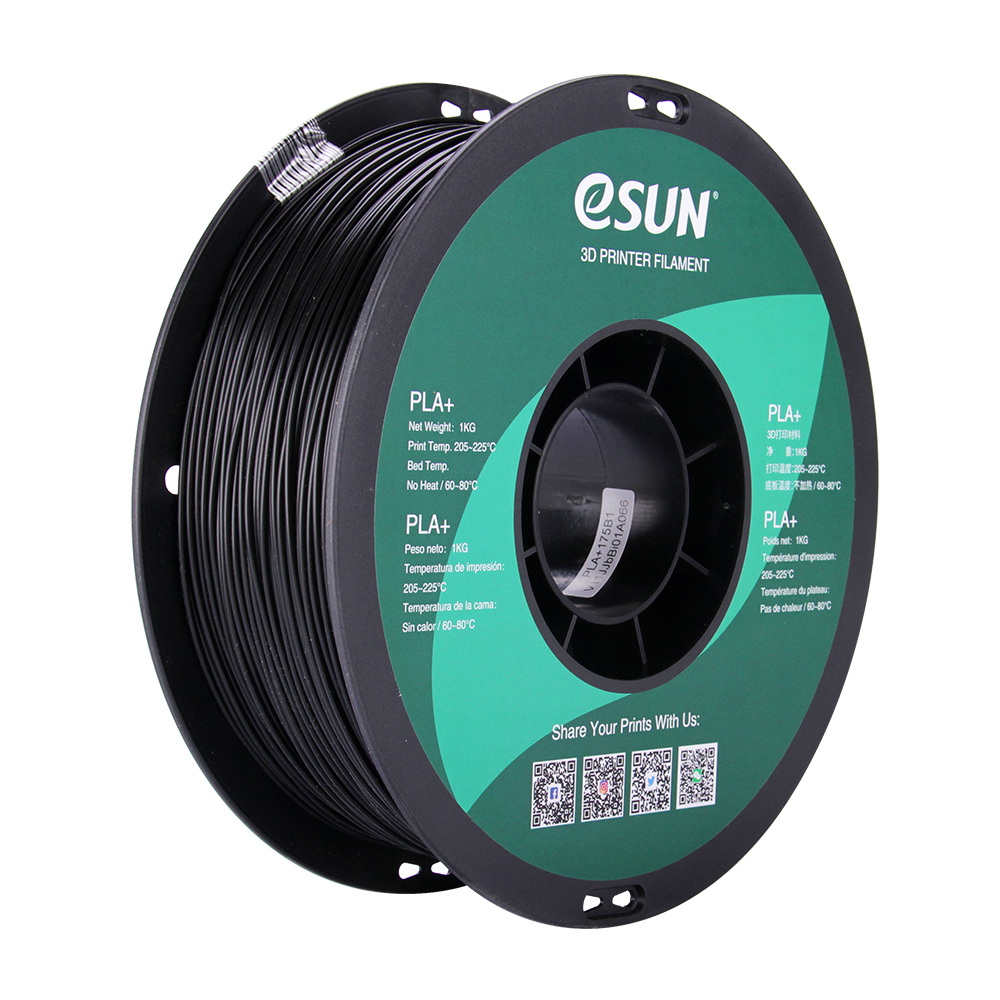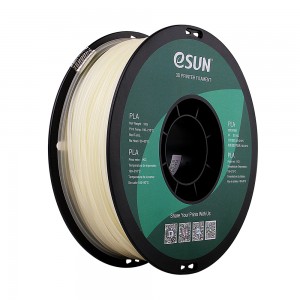What is the difference between PLA and PLA+ filament?
PLA (Polylactic Acid) and PLA+ (PLA Plus) are both types of 3D printer filament commonly used in the field of additive manufacturing. While they share similarities, there are a few key differences between the two.
Material Composition: PLA and PLA+ are both derived from renewable resources, typically made from corn starch or sugarcane. However, PLA+ filament incorporates additives or modifiers to enhance its properties compared to standard PLA.
Strength and Durability: PLA+ filament is generally stronger and more durable than standard PLA filament. The addition of modifiers, such as impact modifiers or heat-resistant agents, improves the material's resistance to impact, bending, and deformation. This increased strength allows for more robust prints, reducing the likelihood of breakage.

Printing Temperature: PLA+ typically has a higher printing temperature compared to standard PLA. While PLA filamentusually prints well around 190-220°C, PLA+ filament usually requires a slightly higher temperature range, typically around 210-235°C. It's essential to adjust the printing settings accordingly when switching between the two 3D printer filaments.
Surface Finish: PLA+ filament often provides a smoother surface finish compared to standard PLA filament. The improved flow characteristics of PLA+ during printing contribute to reduced visible layer lines and improved aesthetic quality in the final prints.

Ease of Printing: PLA+ filament is generally considered slightly more challenging to print compared to standard PLA filament. Its increased strength and higher printing temperature may require more precise calibration of the 3D printer and adjustments to print settings to achieve optimal results. However, with the right adjustments, PLA+ can still be printed reliably on most consumer-grade 3D printers.
It's worth noting that different manufacturers may have variations in their PLA+ formulations, so specific properties and characteristics can vary between different brands. It's always a good idea to consult the manufacturer's recommendations and guidelines for each 3D printer filament to ensure optimal print settings and results.
Comments
Post a Comment